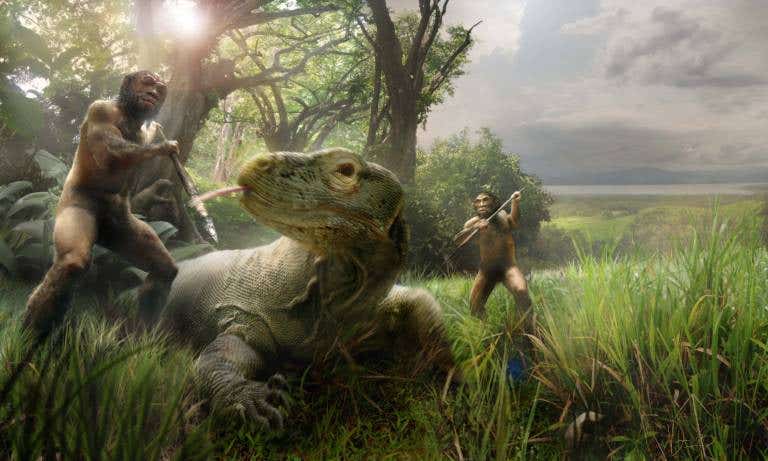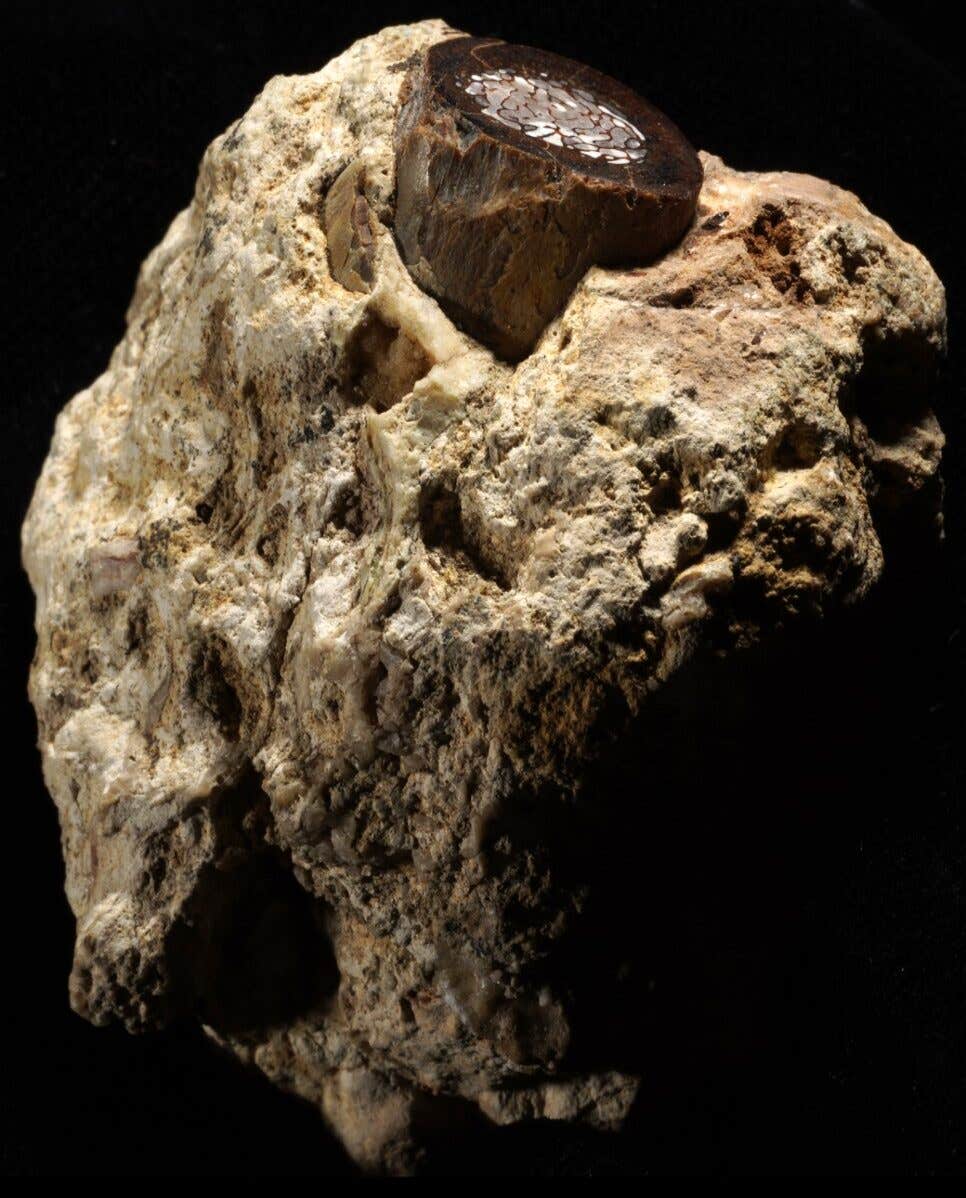A lost branch of humanity may still exist on remote Indonesian island
The world still holds secrets, and one of them might be the survival of an ancient hominin species long thought extinct.

The remains bore an uncanny similarity to Homo floresiensis, a hominin species distinguished by its short stature and unique skeletal features. (CREDIT: CC BY-SA 4.0)
The world still holds secrets, and one of them might be the survival of an ancient hominin species long thought extinct. On a remote Indonesian island, evidence suggests that Homo floresiensis—nicknamed "Hobbits"—may not have vanished entirely.
Anthropologist Gregory Forth has stirred debate with a bold claim: these small, humanlike creatures could still be roaming the dense forests of Flores Island. His theory builds on fossil discoveries that closely resemble the known remains of Homo floresiensis but raise new questions about their timeline.
In 2004, a team of researchers led by archaeologist Mike Morwood from the University of Wollongong, Australia, unearthed a tiny skull in the Liang Bua caves of Flores. The remains bore an uncanny similarity to Homo floresiensis, a hominin species distinguished by its short stature and unique skeletal features.
The find ignited a fierce scientific debate over its evolutionary roots and how recently the species may have lived.
Dubbed "Hobbits" for their resemblance to the small, mythical beings from J.R.R. Tolkien’s novels, these ancient humans defied expectations. Their discovery challenged conventional theories about hominin migration and survival, leading researchers to question how they coexisted with early modern humans.
While most scientists assume the species went extinct thousands of years ago, Forth turned to a different source for clues—ethnographic accounts from the island’s indigenous people. His research unearthed stories of small, humanlike creatures said to inhabit the remote mountain regions of Flores.
Local legends describe beings that walk upright, speak their own language, and avoid human contact. Some accounts even suggest encounters within living memory, hinting at the possibility that these elusive hominins never truly disappeared.
Forth's work bridges archaeology and anthropology, blending fossil evidence with cultural narratives. "Science should be open to possibilities," he argues, emphasizing that folklore can sometimes preserve glimpses of real historical events.
Related News
Morwood, reflecting on these tales, stated that the locals' descriptions "fitted floresiensis to a T." Forth, focusing on firsthand accounts from the indigenous Lio people, carried out extensive research to uncover the truth behind these legends. The Lio tribes are the inhabitants of the island's rugged mountain terrains, living in near isolation from modern literacy and technology.
Forth emphasized the unique perspective of the Lio people, stating, "To be sure, the Lio don't have anything akin to modern evolutionary theory, with speciation driven by mutation and natural selection." However, he added, "But if evolutionism is fundamentally concerned with how different species arose and how differences are maintained, then Lio people and other Flores islanders have for a long time been asking the same questions."
According to Forth, the Lio people possess a classification of animal species that aligns with modern systematics, distinguishing humans from non-human animals through cultural, linguistic, and technological expressions exclusive to humans.
The Reliability of Indigenous Knowledge
Assessing the reliability of the Lio tribe's information, Forth explained, "For the Lio, the ape-man's appearance as something incompletely human makes the creature anomalous and hence problematic and disturbing." He further noted, "For academic scientists, H. floresiensis is similarly problematic, but not so much for its resemblance to H. sapiens; rather, it's because the species appears very late in the geological record, surviving to a time well after the appearance of modern humans."
While acknowledging that some characteristics of the hobbit creatures, referred to as 'ape-men' by the Lio people, could align with an undiscovered species of ape, the collective evidence, along with the biogeography of Indonesia, lends support to the hypothesis that Homo floresiensis might still exist.
Forth conducted interviews with over 30 eyewitnesses, whose accounts led him to conclude that the species may not have gone extinct 12,000 years ago, as originally suggested by research.
Despite initial skepticism among archaeologists who excavated the hobbit remains, Forth challenges the perception that the extant ape-men of Flores are entirely imaginary.
He asserted, "Our initial instinct, I suspect, is to regard the extant ape-men of Flores as completely imaginary. But, taking seriously what Lio people say, I've found no good reason to think so." He continued, "What they say about the creatures, supplemented by other sorts of evidence, is fully consistent with a surviving hominin species, or one that only went extinct within the last 100 years."
Forth's groundbreaking research opens up a new realm of possibilities in our understanding of hominin evolution in Indonesia and beyond. He hopes that life scientists will consider integrating indigenous knowledge, such as that of the Lio people, into their studies.
This collaboration could provide invaluable insights into the history of Homo floresiensis and shed light on the mysteries of this remote Indonesian island.
The remote and rugged landscapes of Flores Island continue to harbor secrets that challenge our understanding of human evolution. The possibility of an ancient species of humans, the Homo floresiensis, still inhabiting this isolated region sparks curiosity and intrigue.
Gregory Forth's exploration of indigenous knowledge among the Lio people raises questions that could redefine our understanding of hominin species and their survival in the face of extinction.
As scientists delve deeper into this enigmatic realm, the remote Indonesian island of Flores remains a beacon of discovery and wonder, reminding us that our planet still holds untold scientific marvels waiting to be unveiled.
Note: Materials provided above by The Brighter Side of News. Content may be edited for style and length.
Like these kind of feel good stories? Get The Brighter Side of News' newsletter.



